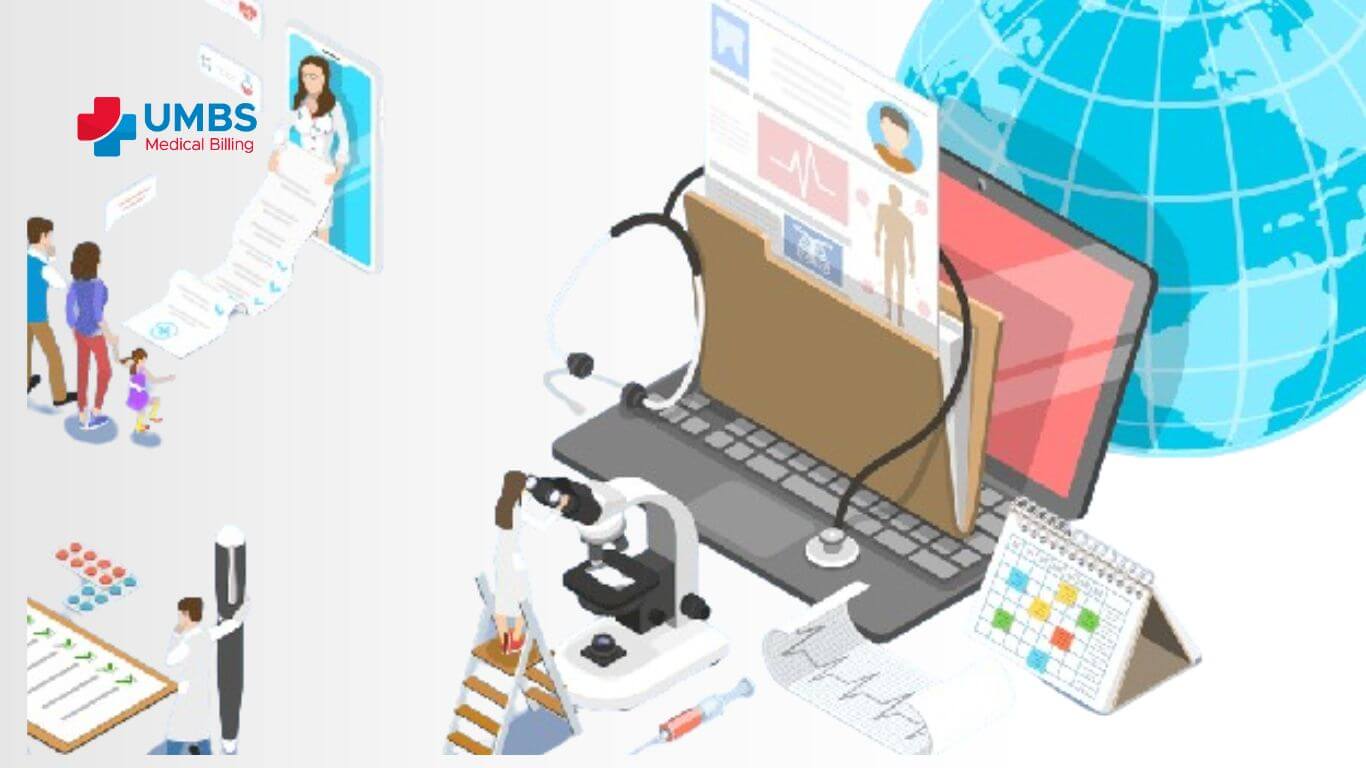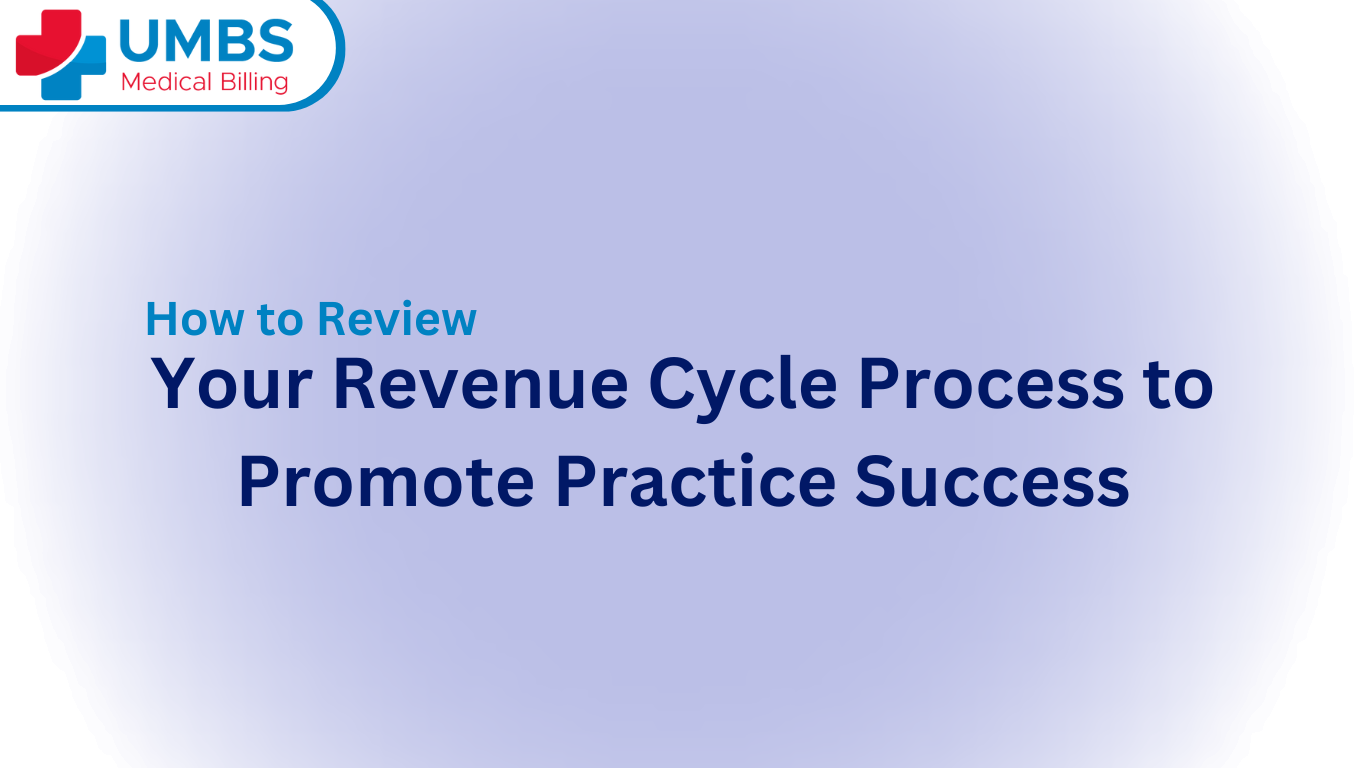The adoption of a new Electronic Health Records (EHR) system is a significant milestone for healthcare organizations. It promises improved patient care, streamlined workflows, and enhanced data management. However, the transition can also pose challenges, particularly when it comes to revenue management. In this article, we’ll delve into the complexities of managing revenue during an EHR transition and share strategies to ensure a seamless financial transition.
Challenges in Revenue Management During EHR Transitions
Thorough Training and Education
Investing in comprehensive training and education for all staff involved in revenue management is paramount. This includes coders, billers, administrative staff, and clinicians who interact with the EHR system. Ensure that training covers not only the technical aspects of the new system but also the specific workflows related to coding, billing, and claims submission.
Parallel Operations and Phased Transition
To minimize disruptions in revenue management, consider maintaining parallel operations by running both the old and new EHR systems simultaneously, at least during the initial stages of the transition. This approach allows staff to continue using familiar processes while becoming acclimated to the new system. As confidence and proficiency grow, you can gradually phase out the old system.
Also Read: Balancing Efficiency and Accuracy in Medical Coding
Coding Audits and Quality Assurance
Perform regular coding audits to identify and rectify discrepancies in coding practices. These audits help ensure that accurate codes are used, reducing the risk of claim denials. Additionally, implement quality assurance processes to maintain coding accuracy and compliance with industry standards.
Claim Monitoring and Follow-Up
Establish a robust system for monitoring the status of claims. Track claims from submission to reimbursement to identify any delays or denials. Timely follow-up on pending claims is crucial to maintain a healthy cash flow. Implement clear workflows for addressing denied claims, including efficient appeals processes.
Data Migration Validation
Data migration is a critical aspect of the EHR transition. To safeguard revenue management, validate that all patient records, billing codes, and insurance information have been accurately transferred to the new system. Conduct thorough data reconciliation to ensure no information gaps or inaccuracies exist.
Continuous Revenue Cycle Analysis
Continuously monitor the revenue cycle for bottlenecks and areas for improvement. Analyze key performance indicators (KPIs) related to revenue, such as Days in Accounts Receivable (DAR) and denial rates. Use data-driven insights to adjust workflows and processes to optimize revenue management.
Utilize Vendor Support
Leverage the support and resources provided by the EHR system vendor. They often offer guidance on best practices, troubleshooting assistance, and updates to address known issues. Engaging with the vendor’s support team can expedite issue resolution and reduce revenue disruptions.
Clear Communication and Team Collaboration
Maintain transparent communication within the organization regarding the EHR transition. Ensure that all staff members are aware of the transition plan, timelines, and their respective roles in maintaining revenue stability. Foster collaboration between different departments involved in revenue management to streamline processes.
Contingency Planning
Develop contingency plans for potential revenue disruptions. Identify backup processes, resources, and personnel who can step in to address unforeseen issues promptly. Having a well-defined contingency plan can minimize revenue loss in case of unexpected challenges.
Post-Transition Evaluation and Optimization
After the EHR transition is complete, conduct a thorough post-implementation evaluation. Assess the impact on revenue management, including any challenges that persisted post-transition. Use this evaluation to make data-driven optimizations and refinements to further enhance revenue processes.
In conclusion, effective revenue management during an EHR transition is achievable with careful planning, comprehensive training, and proactive strategies. By prioritizing revenue management and addressing potential challenges, healthcare organizations can navigate the transition seamlessly while maintaining financial stability and ensuring the continued delivery of high-quality care.






